-
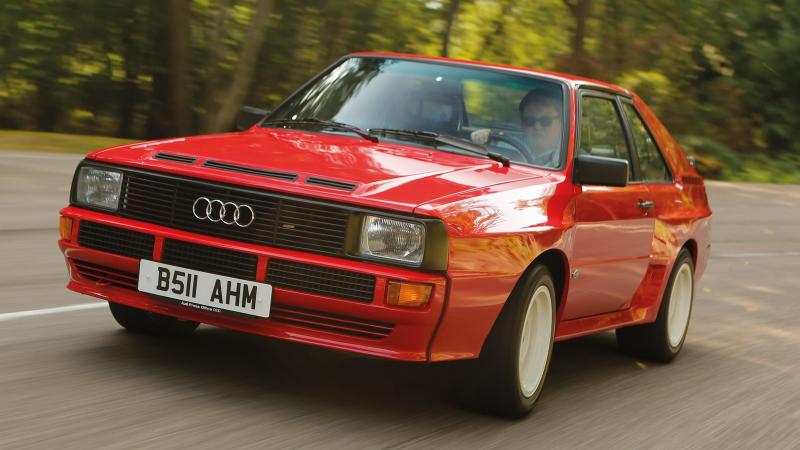 © Classic & Sports Car
© Classic & Sports Car -
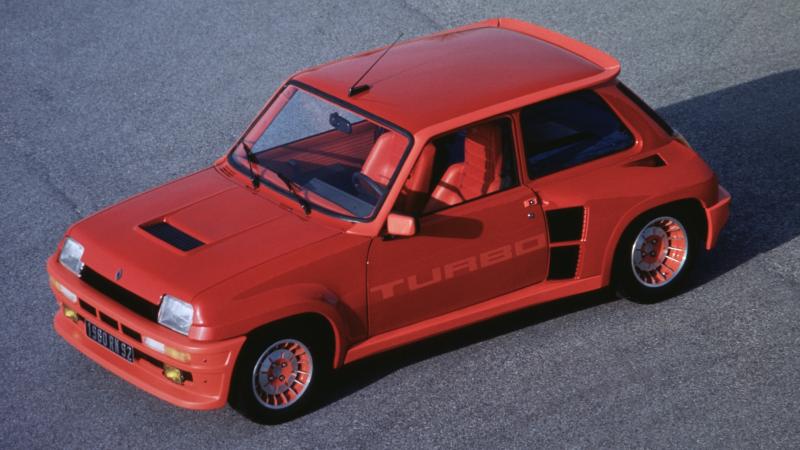 © Newspress
© Newspress -
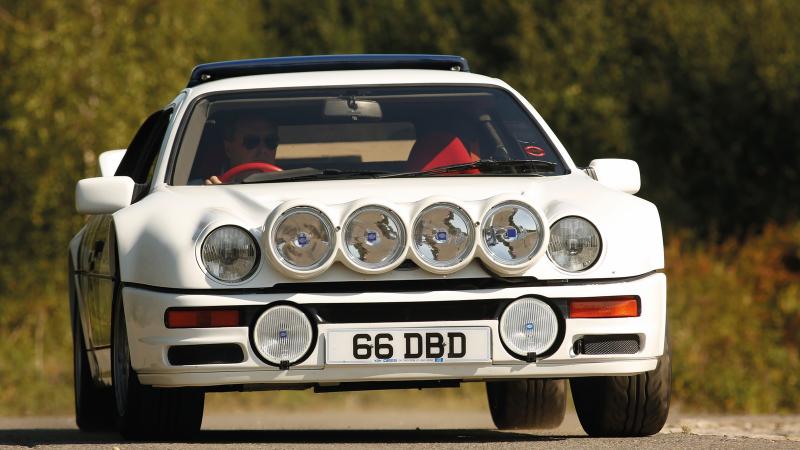 © Classic & Sports Car
© Classic & Sports Car -
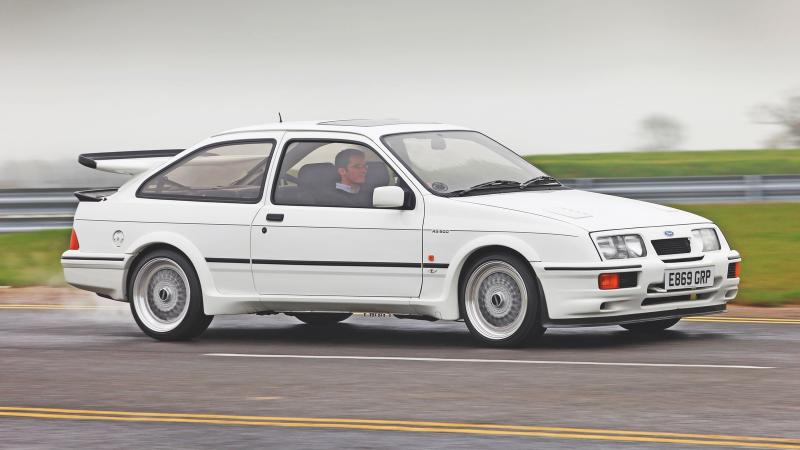 © Classic & Sports Car
© Classic & Sports Car -
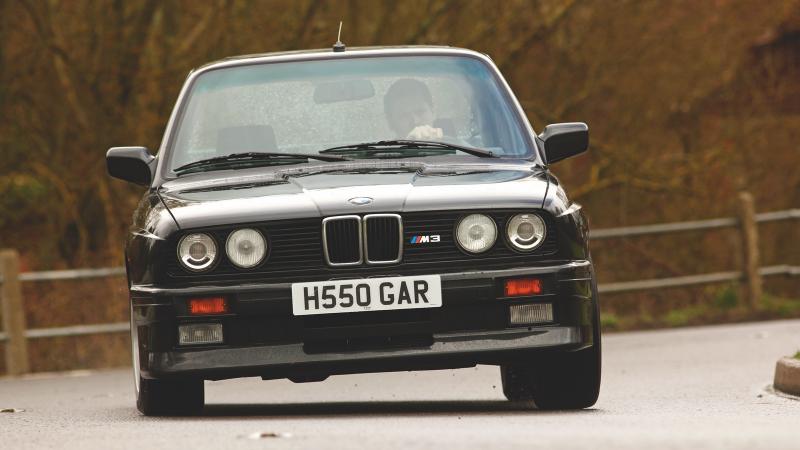 © Classic & Sports Car
© Classic & Sports Car -
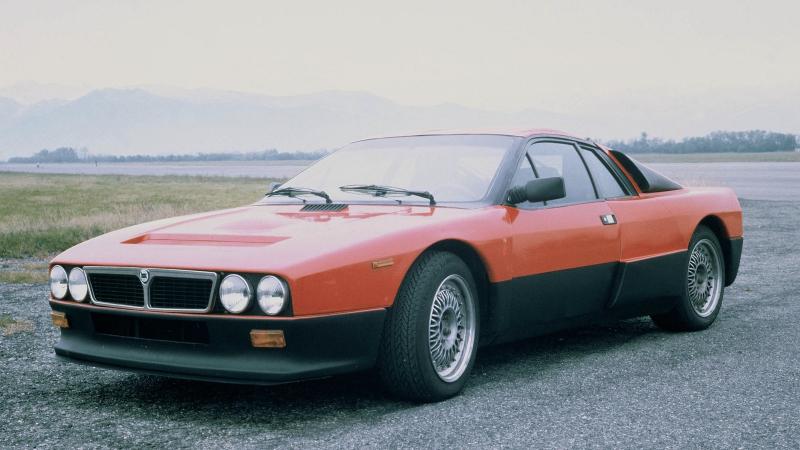 © Newspress
© Newspress -
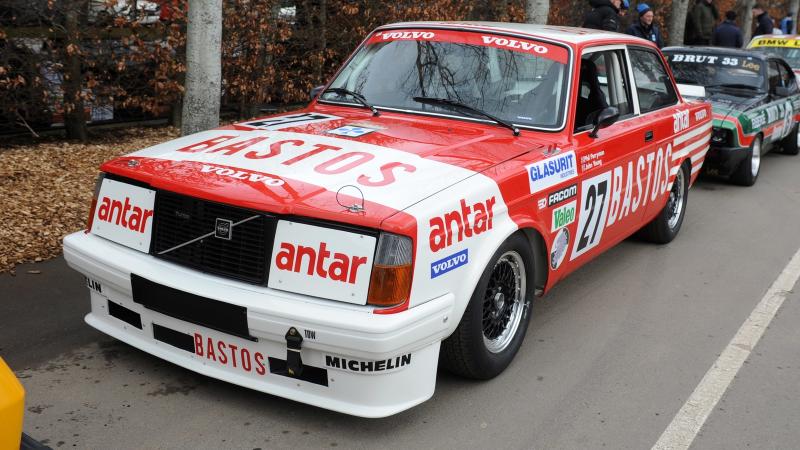 © Jeff Bloxham / LAT Images
© Jeff Bloxham / LAT Images -
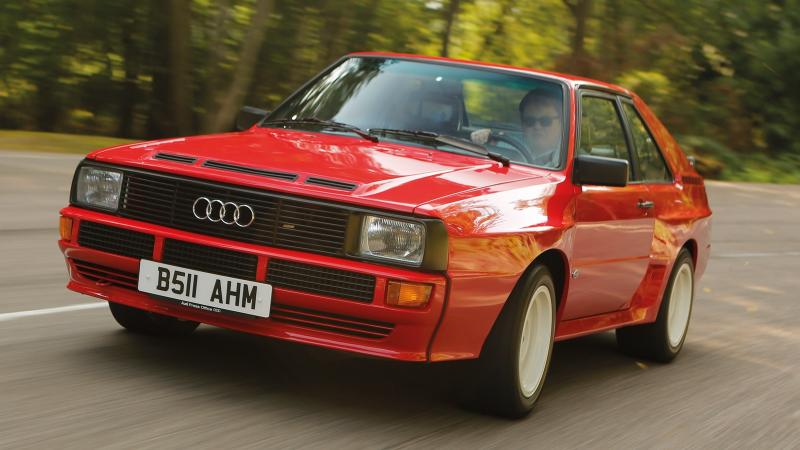 © Classic & Sports Car
© Classic & Sports Car -
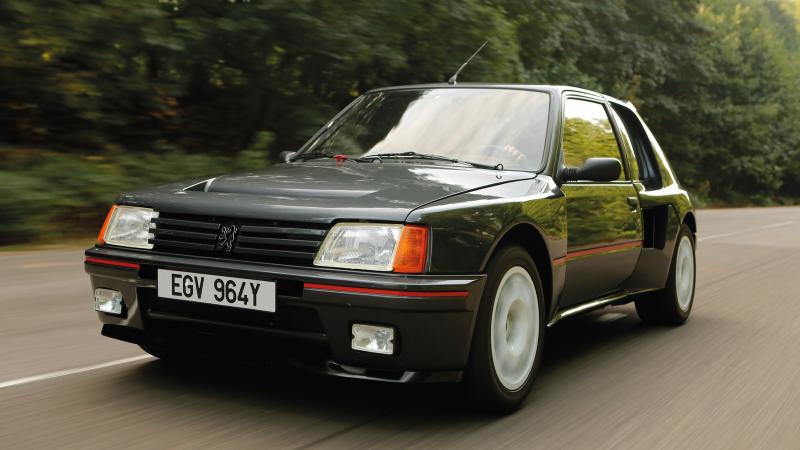 © Classic & Sports Car
© Classic & Sports Car -
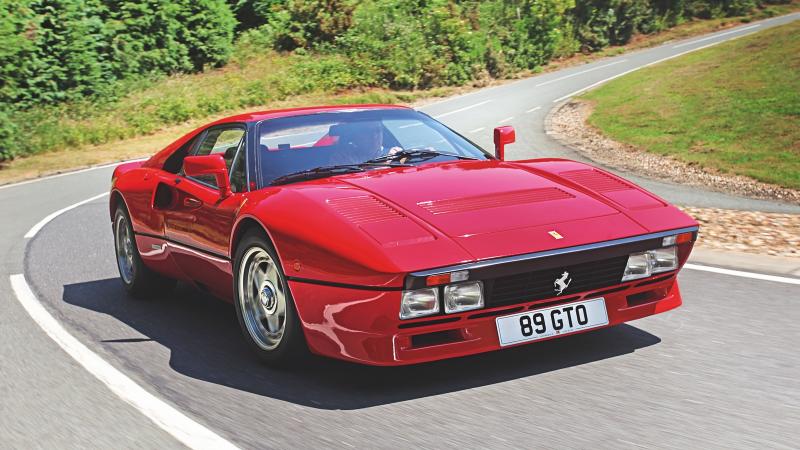 © These are the greatest homologation specials of the '80s
© These are the greatest homologation specials of the '80s -
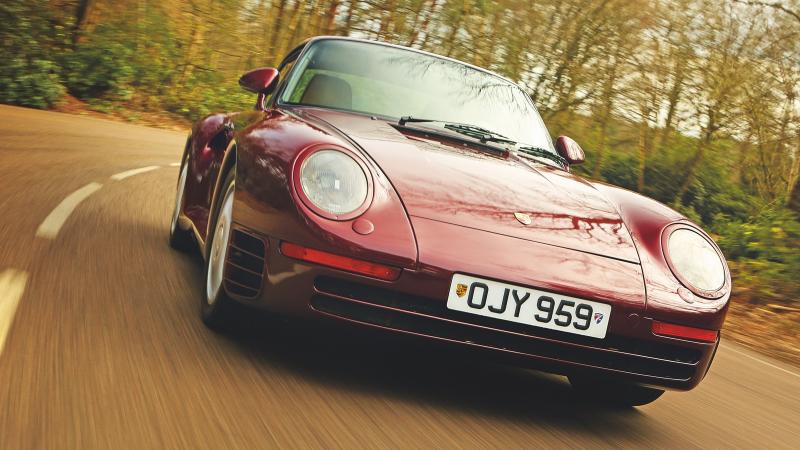 © Classic & Sports Car
© Classic & Sports Car
-
Built to race, sold for the road
Racing has given us many things over the years. Speed. Action. Sunburn. And, in the ’80s, a whole lot of homologation specials.
Of course, having a rule that competition cars must share their DNA with a roadgoing version is no bad thing – but in the 1980s manufacturers had a slightly different interpretation: build the maddest, fastest car you could, make a handful for the road to satisfy the homologation regulations, then hit the track.
And so we were gifted a slew of homologation specials – cars that were built to dominate race tracks and rally stages, then sold in your local garage. These are 10 of the greatest.
-
Renault 5 Turbo
Launched in 1980, Renault’s diminutive 5 Turbo was arguably the definitive hot hatch. Homologated for Group 4 and wearing the boxiest bodywork Bertone could sketch, the rear-wheel drive 5 developed 158bhp on the street and looked every bit as bonkers as its rallying cousin – a relation, it’s worth adding, that Jean Ragnotti blasted to a host of WRC victories in the ’80s.
A second iteration followed – the Turbo 2 – which carried a host of stock Renault 5 parts, a lower price tag and barely any reduction in performance.
-
Ford RS200
Designed as a Group B rally car, little about the Ghia-bodied RS200 changed for the homologation version when it launched in 1984: equipped with four-wheel drive, the plastic and glassfibre fast Ford carried a 1.8-litre Cosworth motor good for 250bhp.
When a pair of tragic accidents befell the competition RS200 in 1986, Group B came to its end – but the RS200 lived on: Ford stripped down 24 of the 200 produced to build a handful of more powerful Evolution models.
Fitted with a 2.1-litre engine, it promptly claimed the Guinness World Record for the fastest accelerating production car.
-
Ford Sierra Cosworth RS500
From one fast Ford to another, the RS500 was a race-bred beast built to dominate late-’80s touring cars.
Having met Group A requirements with the Sierra Cosworth RS, in 1987 Ford tasked Aston Marton Tickford with hand-building 500 evolution variants.
Packing a bigger turbo and intercooler, as well as a second set of fuel injectors, 224bhp was squeezed out of the 2.0-litre Cosworth motor – which translated into a top speed of 154mph, a 1987 World Touring Car Championship win for the racing version and a new poster boy for Ford.
-
BMW M3
Unusual among homologation machines as a car designed simultaneously to be dominant on the track and successful as a road car, the original M3 E30 eclipsed the homologation requirement of 5000, with BMW selling almost 18,000 units.
The marque’s most dominant and successful touring car ever, the roadgoing M3 was no slouch either: lightweight and packing a stiff chassis, it also carried a 2.3-litre engine that was good for 195bhp – though 1988’s follow-up M3 Evolution beat that, before the limited-run Sport Evolution topped it again with 238bhp.
-
Lancia 037 Stradale
Something of a joint effort between Lancia, Abarth, Pininfarina and Dallara, the 037 debuted in 1982 as a car born to rally – and rally it did, taking the World Rally Championship Constructors’ title just a year later.
Bearing little resemblance to the Montecarlo on which it was loosely based, just 207 street (or ‘Stradale’) examples of the 037 were all it took to achieve homologation – but with supercharged 2.0-litre engines strapped to steel subframes wearing composite shells, they certainly didn’t behave like street machines.
-
Volvo 242 Turbo
Did it look like much? No. Did Volvo take many pictures of it? Definitely not, which is why a racing 242 Turbo is pictured. Volvo’s ultra-low-numbers flying brick, though, was anything but your average family wagon.
Having used the existing 242 to pass the 5000-car homologation requirement for Group A racing, in 1983 Volvo built 500 examples of the nutty ‘Evolution’ variant – a race-bred machine that weighed less than a tonne and derived 225bhp from its turbocharged 2.1-litre engine. Supposedly all exported to the USA, questions remain over how many Evolutions actually made it to dealers.
-
Audi Sport Quattro
Arguably the most important rally car ever built, the fearsome Quattro showed that four-wheel drive could mean fast – and its homologation variant was no different.
Launched three years after the original four-wheel drive Audi, the short-body Sport Quattro carried a 2.1-litre aluminium engine good for 305bhp which, paired with a blocky but lightweight carbon-kevlar shell, made it scarily fast.
Add independent rear suspension to the mix and you had a sure-footed speed machine good for 155mph. Only 220 or so were built to qualify the Sport for Group B.
-
Peugeot 205 T16
When Peugeot decided bonkers Group B rallying looked like a bag of laughs, it picked the plucky 205 as the basis of its off-road efforts. Converted to all-wheel drive, given a turbocharged 16-valve engine and rebuilt with a part-tubular frame, it promptly stormed to victory in the 1985 and 1986 World Rally Championships.
On the road, it might have been detuned down to 200bhp but the T16 (of which just 200 were built) had far more in common with its rallying sibling than the standard 205 it resembled – not least those daft air scoops and massive wheel arches.
-
Ferrari 288GTO
About as exotic as homologation specials come, Ferrari’s 288GTO was derived from the existing 308GTB to contest a promised Group B circuit series – except that series never came. Instead, all 272 of the 2.8-litre V8-equipped Prancing Horses took their twin-turbocharged power straight to the street, unproven on the track.
The flared GTO went to market in 1984 as the fastest production car in the world, offering a simple but effective proposition: stacks of power in a lightweight, part-Kevlar body – which was all it needed to become an icon. Who says you need a racing pedigree?
-
Porsche 959
If Ferrari liked it simple, for Porsche it was all about technological advancement: developed from the early-’80s, the all-wheel drive 959 was bred to contest Group B rally – and it was stacked with advanced engineering.
From an aluminium and Kevlar body to automatic ride-height adjustment, to the world-first PSK system (which could dynamically vary the torque sent to the front or rear wheels), the 959 was way ahead of its time.
Porsche lost thousands on every one it sold and just 292 left the production line – most of which live in private collections today.
